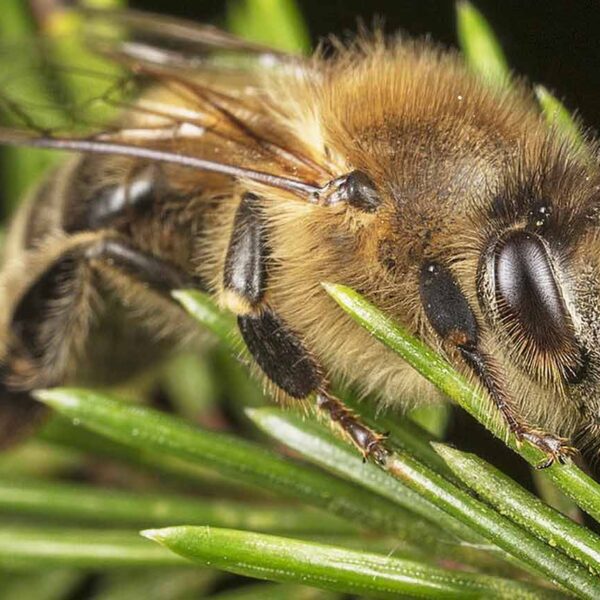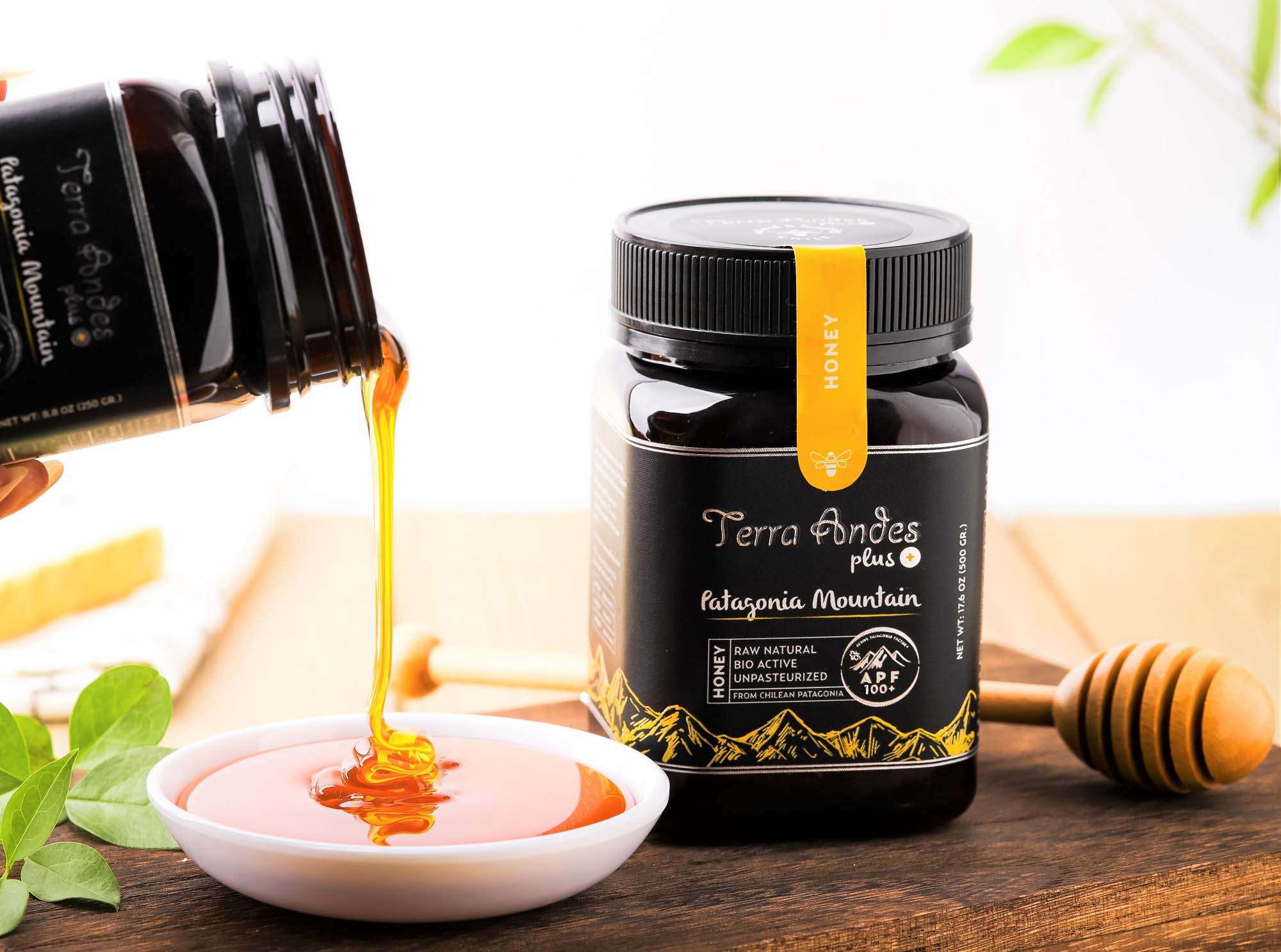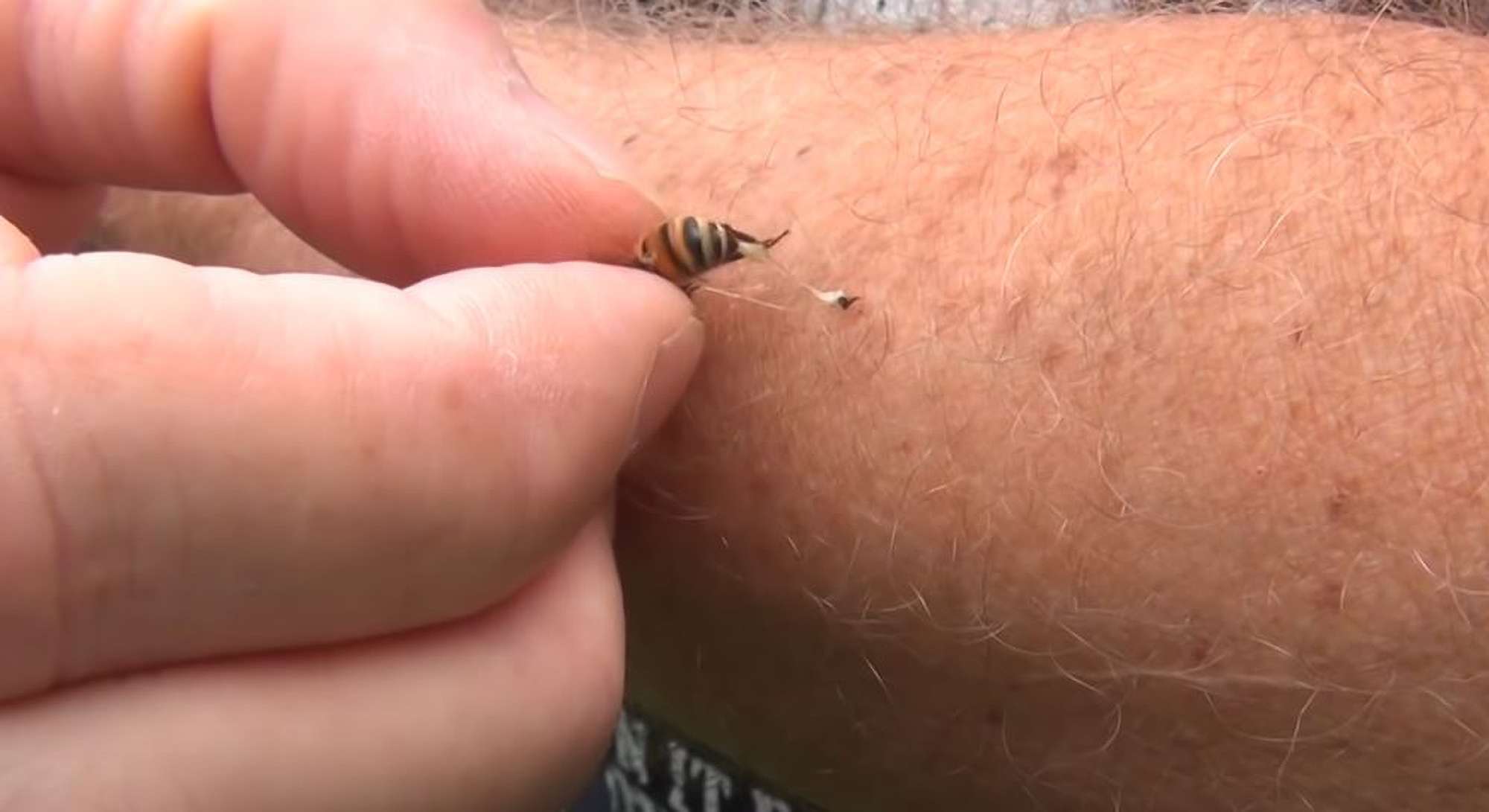Cambridge University scientists have proven that plants are able to regulate the chemistry of their petal surface to create iridescent signals visible to bees.
Most flowers produce pigments that appear colourful and act as a visual cue to pollinators. However, some blooming plants are capable of creating microscopic three-dimensional patterns on their petal surfaces.
These parallel striations reflect particular wavelengths of light to produce an iridescent optical effect that cannot always be detected by the human eye but is visible to insects.
Previous results indicated that mechanical buckling of the thin, protective cuticle layer on the surface of the young growing petals could trigger the formation of microscopic ridges.
However, why those striations only form in certain flowers or even only on certain parts of the petals was not understood.

Dr Edwige Moyroud was involved in the latest research endeavour at the Department of Plant Sciences at Cambridge University, United Kingdom.
The expert on cell and molecular biology is now leading her own research group at Cambridge University’s Sainsbury Laboratory.
Dr Moyroud – who developed the Australian native hibiscus, Venice mallow (Hibiscus trionum), as a new model species to understand how the nanostructures develop – said: “Our initial model predicted that how much cells grow and how much cuticle those cells make were key factors controlling the formation of striations, but when we started to test the model using experimental work in Venice mallow we found out that their formation is also highly dependent on cuticle chemistry, which affects how the cuticle responds to the forces that cause buckling.
“The next question we want to explore is how different chemistries can change the mechanical properties of the cuticle, as a nanostructure-building material. It may be that different chemical compositions result in a cuticle with differing architecture or with different stiffness and hence different ways of reacting to the forces experienced by cells as the petal grows.”
Dr Moyroud pointed out that plants were “formidable chemists.”
She added: “These results illustrate how they can precisely tune the chemistry of their cuticle to produce different textures across their petals. Patterns formed at the microscopic scale can fulfil a range of functions, from communication with pollinators to defence against herbivores or pathogens.
“They are striking examples of evolutionary diversification and by combining experiments and computational modelling we are starting to understand a little bit better how plants can fabricate them.”
Prof Beverley Glover heads Cambridge University’s Evolution and Development research group as well as its botanic garden.
The plant systematics specialist said: “These insights are also useful for biodiversity and conservation work because they help to explain how plants interact with their environment. For example, species that are closely related but that grow in different geographic regions can have very different petal patterns.”
The Cambridge University researchers think that the revelation that there is more to petal patterning than meets the eye could be relevant for research and conservation matters in the foreseeable future.











